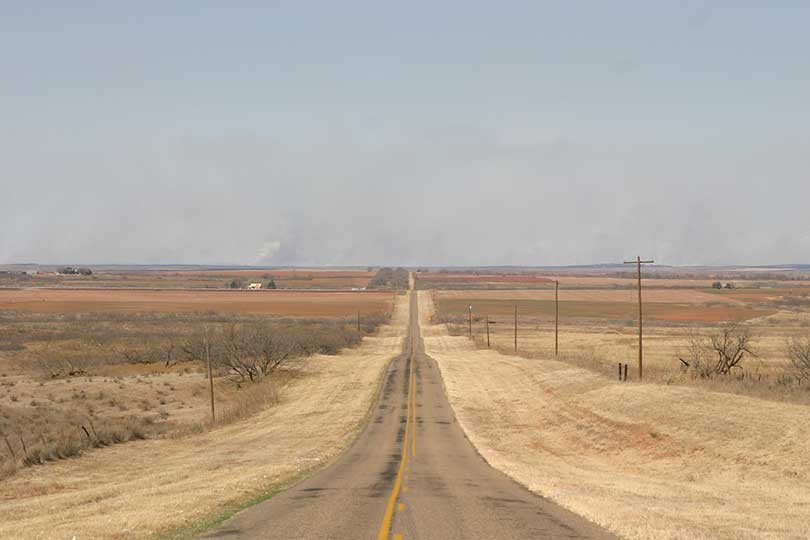The rains Texas received this spring and early summer have quickly turned the state into a tinderbox as warm temperatures and dry conditions have continued through July. The rains helped promote significant growth of range grasses and forage during the spring. But the lack of rain and 100-degree temperatures have created a dangerous combination to fuel wildfires.
Dr. Andy Vestal, Texas A&M AgriLife Extension Service director for emergency management programs, said conditions are expected to worsen throughout the summer and may last for some time due to a change in weather patterns.
“The potential for these to be ignited by dry lightning or a spark from outdoor work, such as welding, or by someone who didn’t take the proper precautions with a burn pile or while grilling, is something people need to be aware of,” Vestal said. “It can be especially dangerous when this dry situation is combined with elevated wind velocity.”
As of July 28, the Texas A&M Forest Service Outdoor Burn Ban map showed about 100 counties that had implemented burn bans. To see the map, click here.
Vestal recommends that when a burn ban is not in effect, landowners should ignite debris for a controlled burn of brush or debris during the early morning hours to avoid winds and use remaining dew moisture. He said landowners should always have available water or firefighting tools to maintain and control the spread of flames.
“When conditions are dry and winds are elevated, there is no doubt a single spark could ignite a wildfire situation,” Vestal said.
Another resource available for landowners to use when planning outdoor burns is the Texas A&M Forest Service’s Wildfire Risk Assessment Portal.

